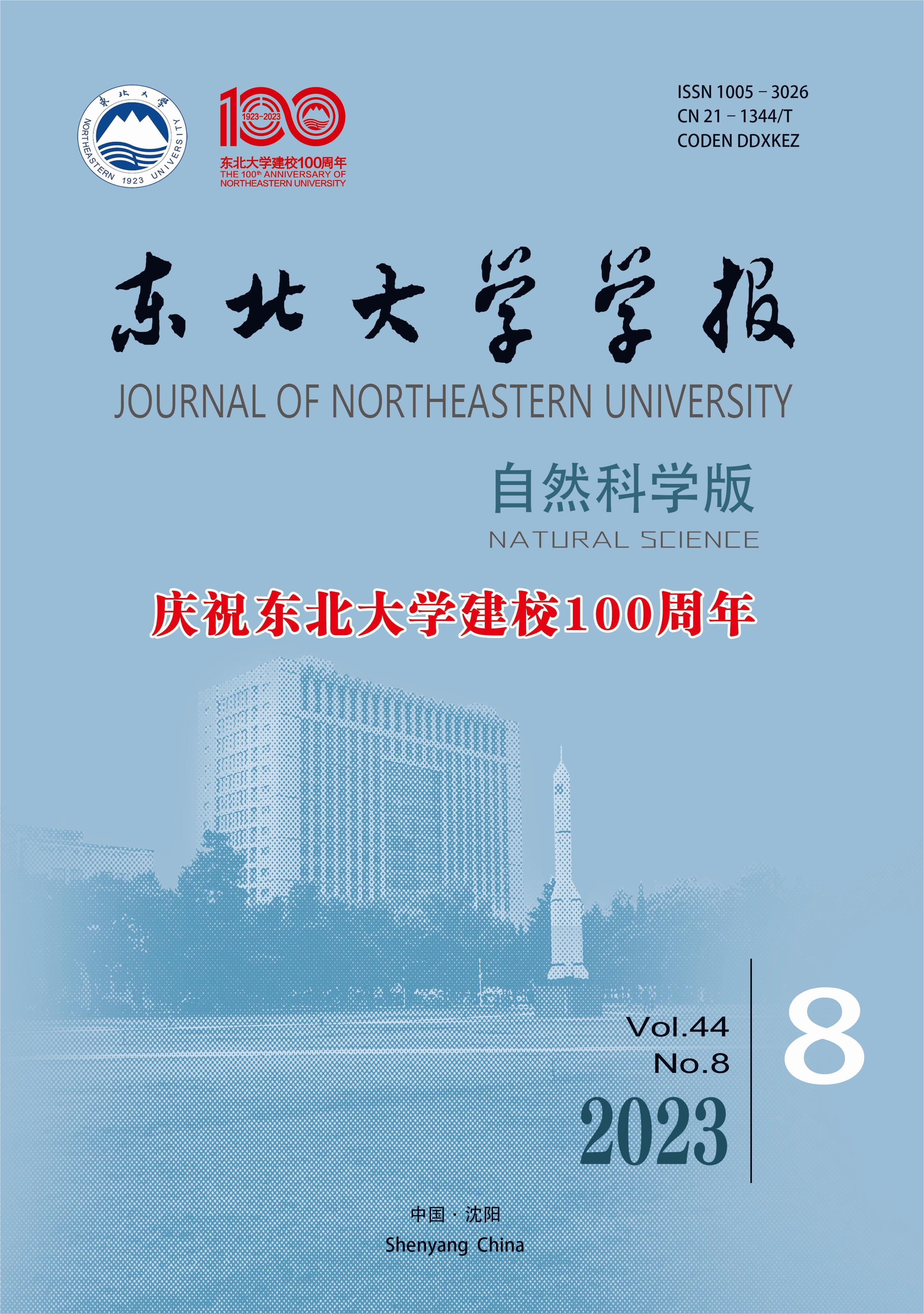|
Study on the Electroslag Remelting Slag for H13 Die Steel Containing Ce and Mg
ZHENG Li-chun, PENG Bo, LOU Jian, JIANG Zhou-hua
2023, 44 (8):
1111-1118.
DOI: 10.12068/j.issn.1005-3026.2023.08.007
RE and Mg co-treatment can significantly improve the cleanliness of steel and refine carbide, but RE and Mg are prone to be burned during electroslag remelting. Therefore, two kinds of electroslags containing Ce2O3 and MgO were designed, which are 55% CaF2-30% Ce2O3-10% MgO-5% Al2O3 (1#) and 60% CaF2-30% Ce2O3-10% MgO (2#), respectively. Ce and Mg co-treatment of H13 die steel was carried out using a resistance-heated tube furnace, and the slag-metal equilibrium behavior between H13 steel and the aforementioned slags at 1873K was studied. The results show that the main inclusions in H13 steel are Ce2O3 and MgO. Some Ce2O3 inclusions are coated with MgO. At 15min after adding Ce and Mg, the dissolved Ce in the steel was almost completely burned, and only insoluble Ce in Ce2O3 inclusions was remained. During the whole deoxidation period, the content of dissolved Mg in steel changed little. The contents of dissolved Mg in 1# and 2# H13 steel at 60min were 0.0034% and 0.0053%, respectively, MgO solubility in 1# and 2# slags are 10.6% and 6.7%, respectively. Due to MgO supersaturation, both slags have very weak absorption capacity for MgO inclusions. The rmodynamic calculation shows that both the Al2O3 component and minor amounts of SiO2 in the slags lead to serious burning loss of Ce and Mg.
References |
Related Articles |
Metrics
|

